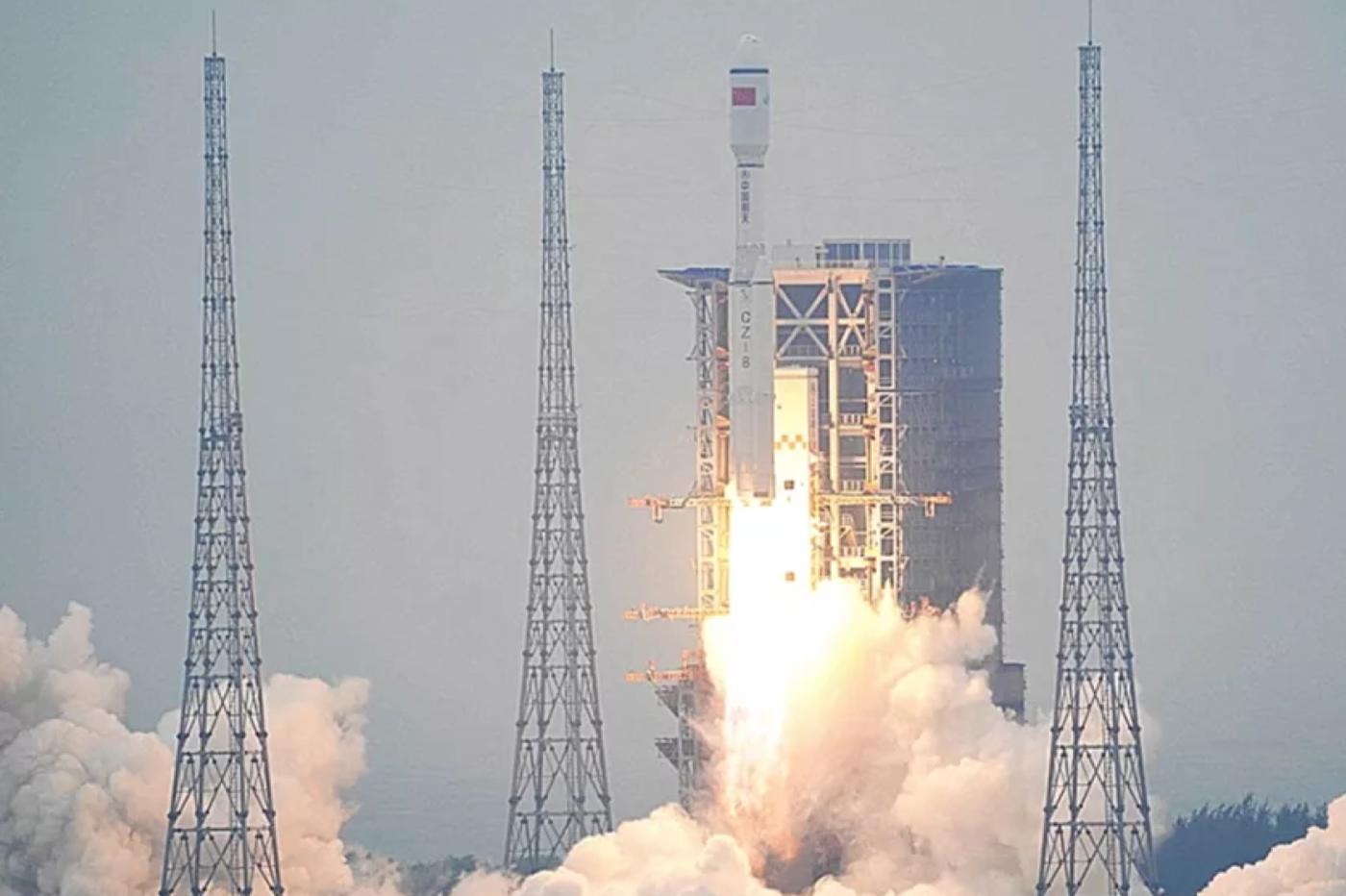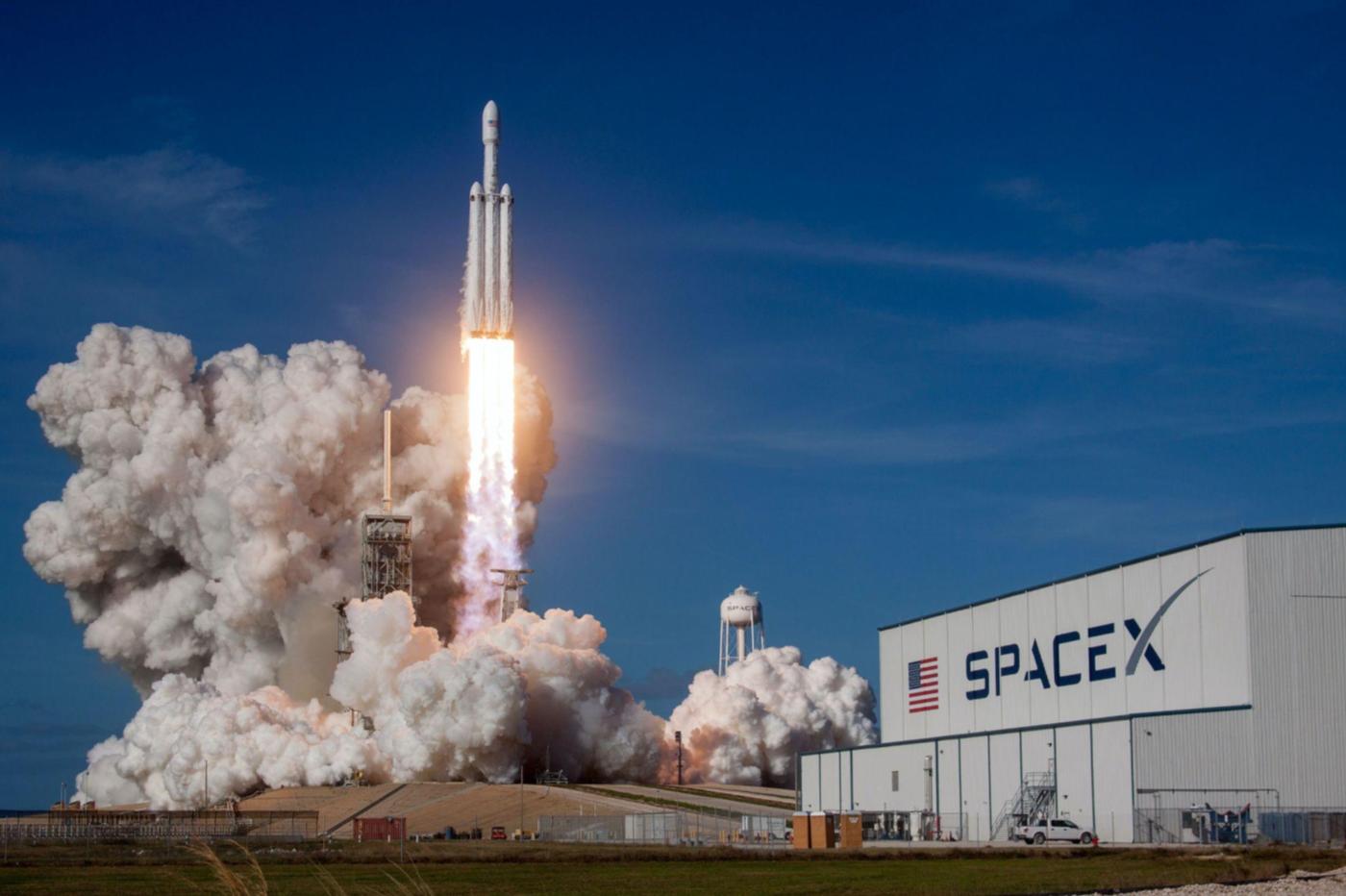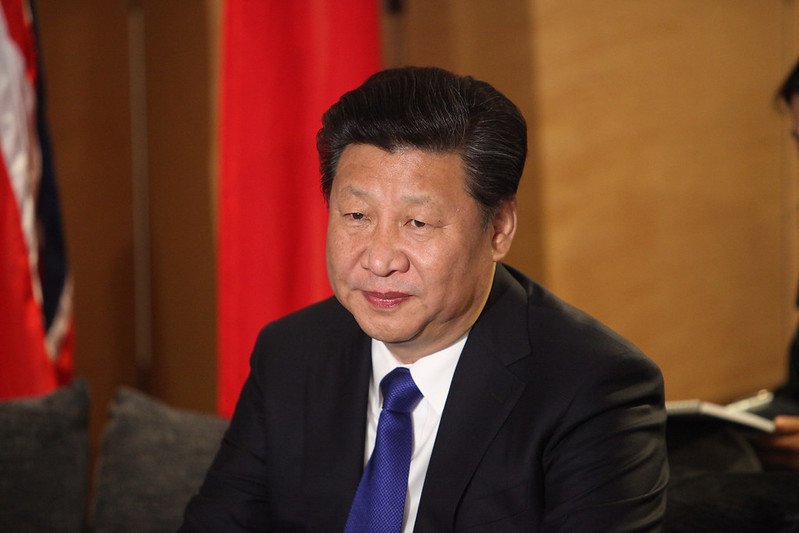
Elon Musk better watch out, because the Chinese aerospace industry is progressing at an impressive speed and is starting to tread on its toes.
Today, when we think of “reusable rocket”, it is difficult not to think of SpaceX. It has been several years since Elon Musk’s firm has therefore established itself as the standard-bearer of this philosophy by chaining the recoveries of boosters… but it is not the only one, and the nuggets of Chinese aerospace are jostling now at the gate.
This is still a relatively new approach in China, but one that is already progressing at breakneck speed. The CQQHQ, the very first prototype of a Chinese reusable launcher, only saw the light of day in 2020. In less than two years, the technology has made a considerable leap; the new reusable version of the Long March 8 Y2 rocket has just arrived at the Wenchang base. If the launch scheduled for March 8 goes well, it will be the very first Chinese space vehicle launch to be theoretically reusable.
Space.com specifies however that even in the event of success, this particular vehicle will not necessarily be recovered again at the end of the mission. It even seems quite unlikely; indeed, the CASC (the Chinese aerospace giant under government control) had previously announced that it wanted to integrate reusable vehicles into its routine operations from 2025. This deadline suggests that it will probably be necessary to wait a few more years.
A red wave is sweeping over aerospace
But this remains a crucial step that should be emulated in the private sector, and in the relatively near future. One thinks for example of Deep Blue Aerospace, one of the young shoots of Chinese aerospace. It is even more advanced than the CCAC on the question of reuse. According to Spacenews, the firm has already managed to recover its Nebula-1 launcher several times.
But above all, it would continue to progress at an impressive speed in this area. Its leaders are also so confident that they believe that their reusable rocket will be entitled to its baptism of orbit very soon, from 2023. And this is only an isolated example. Many other companies like Galactic Energy, LinkSpace or Dongfang Hour China Aerospace are also working on their own reusable space vehicles.
Overall, Chinese aerospace is obviously still far from the prowess of the American juggernaut. But it is clear that the gap is closing at a maddening speed. And eventually, the Chinese space strategy could well allow them to catch up with SpaceX.

A pillar of Xi Jinping’s long-term strategy
Indeed, space is one of the pillars of Xi Jinping’s geopolitical strategy, which intends to make China the world leader at all levels, from the economy to scientific research, including culture and the field. military. However, in recent years, everyone has realized to what extent space is a strategic sector, with ramifications in all other areas.
However, it so happens that this industry is currently at the heart of a generational transition with simply colossal stakes; those who play their cards correctly are guaranteed to become or remain key players in global geopolitics. A reality that has not escaped the calculating pragmatism of the Chinese leader.

Neither one nor two, China has begun to invest colossal sums, in the public as well as in the private sector, to catch up on its rivals. It is a very different philosophy from what we find in the United States, and which has helped propel aerospace on its current trajectory. In just a few years, they have managed to set up leading missions. We have thus seen the country chain the great firsts with the deployment of a space station or lunar and Martian rovers, to name but a few. And its engineers have even more pharaonic projects; for example, they have begun to work on lunar bases and space megastructures of the order of a kilometer.
We are now entering a critical period, since China now seems in a position to catch up with the United States in its own space race. Will she also overtake her best enemy in stride? Very clever who can affirm it, but it is not excluded for all that. After all, those who had anticipated this sudden rise in power are probably counted on the fingers of one hand, and it would therefore be very unwise to sweep this eventuality away. What is certain, however, is that the new space race has only just begun, and that it will be very interesting to follow its developments over the years to come.
For her big premiere, she
Chinese pragmatism philosophy



